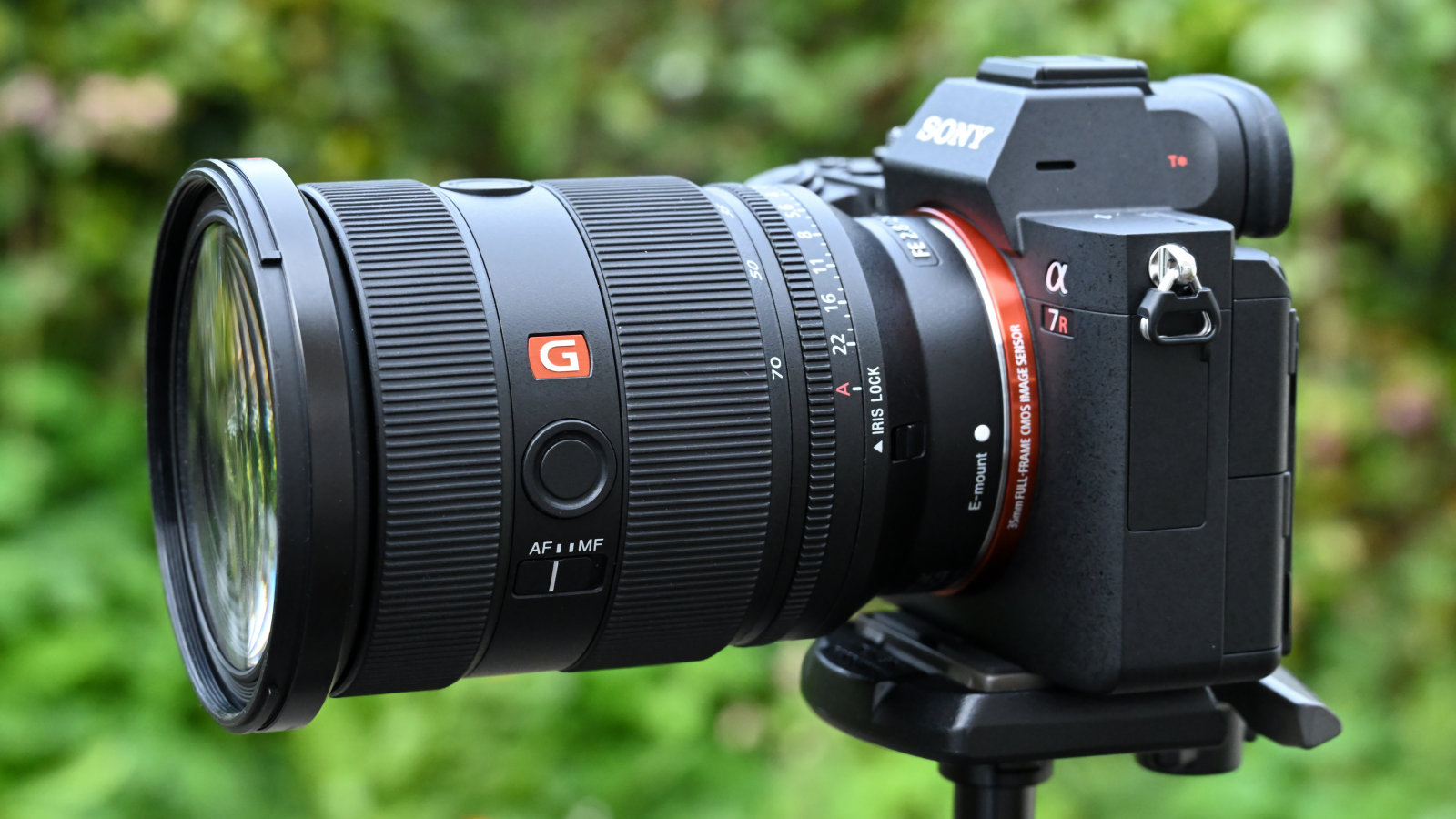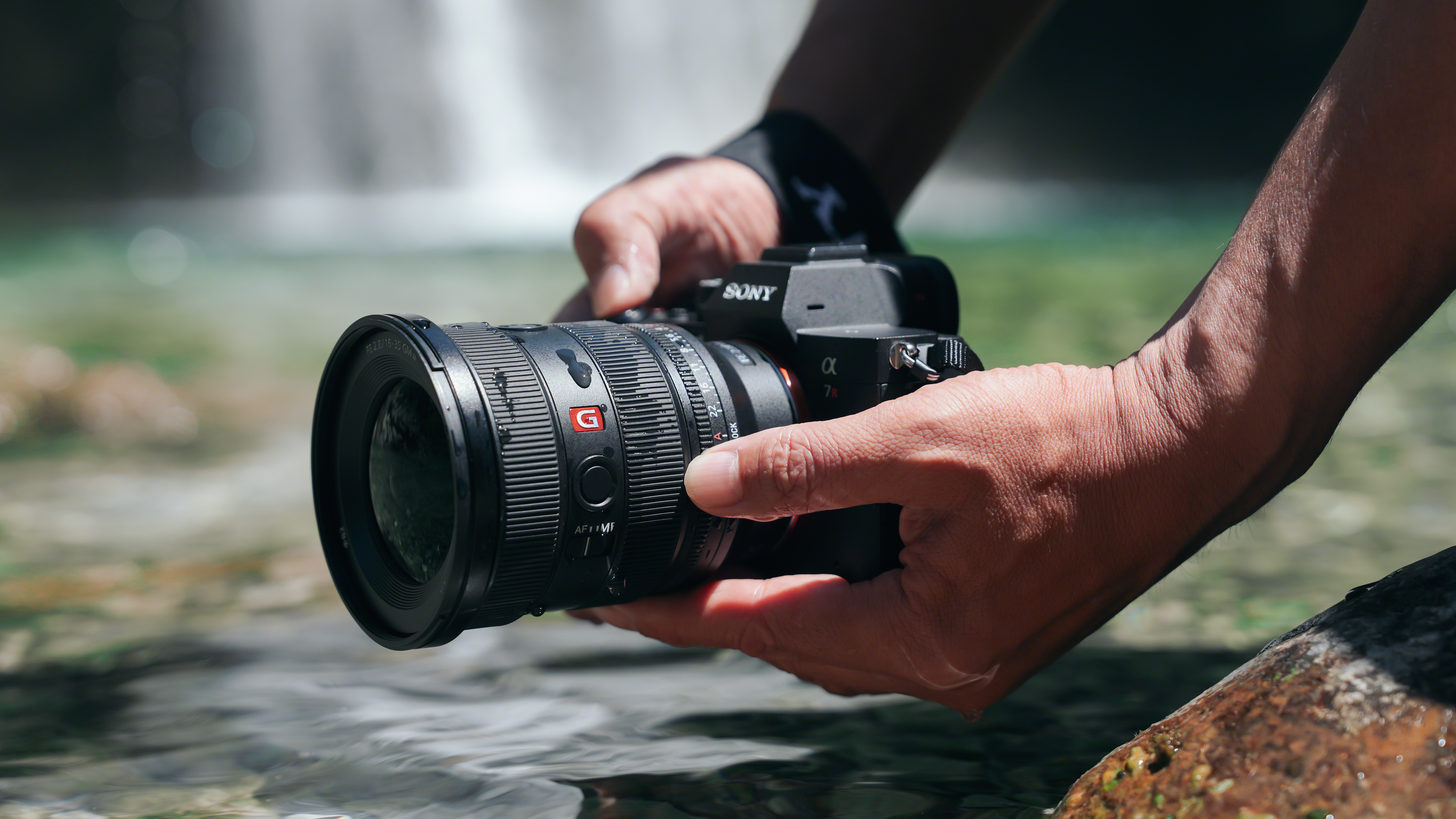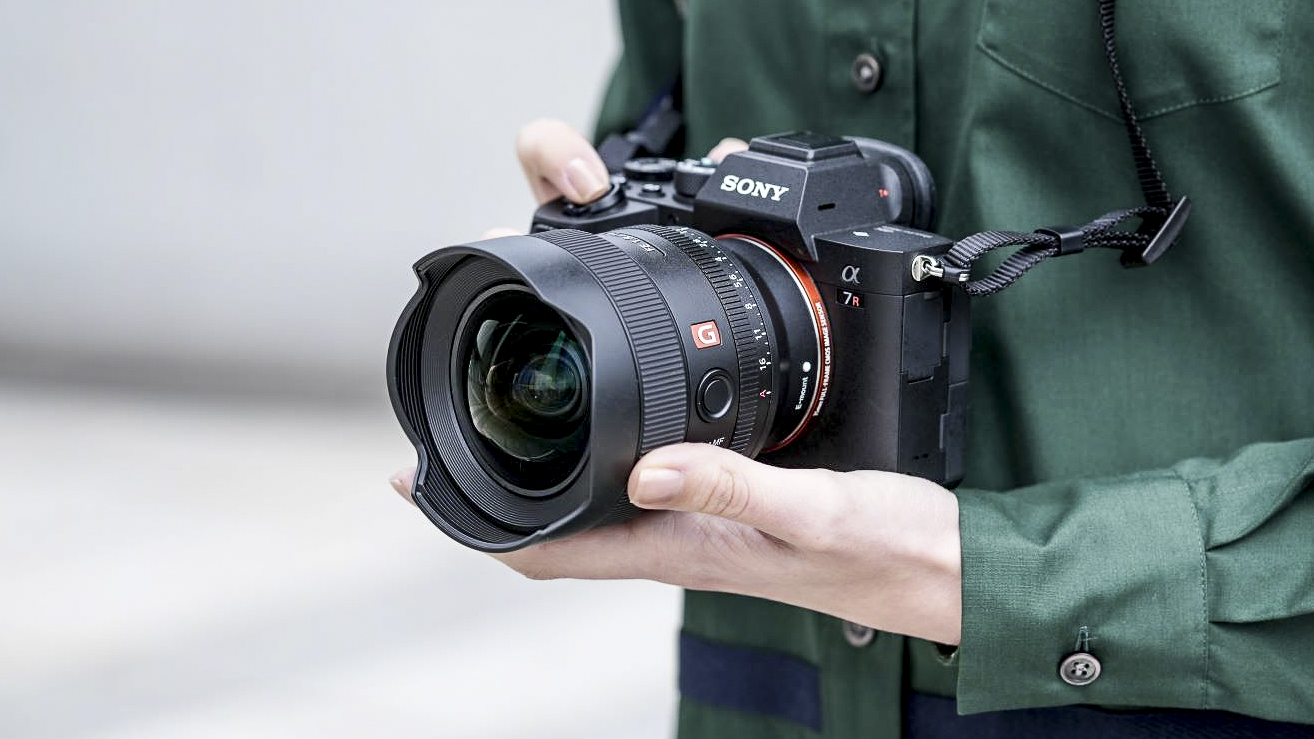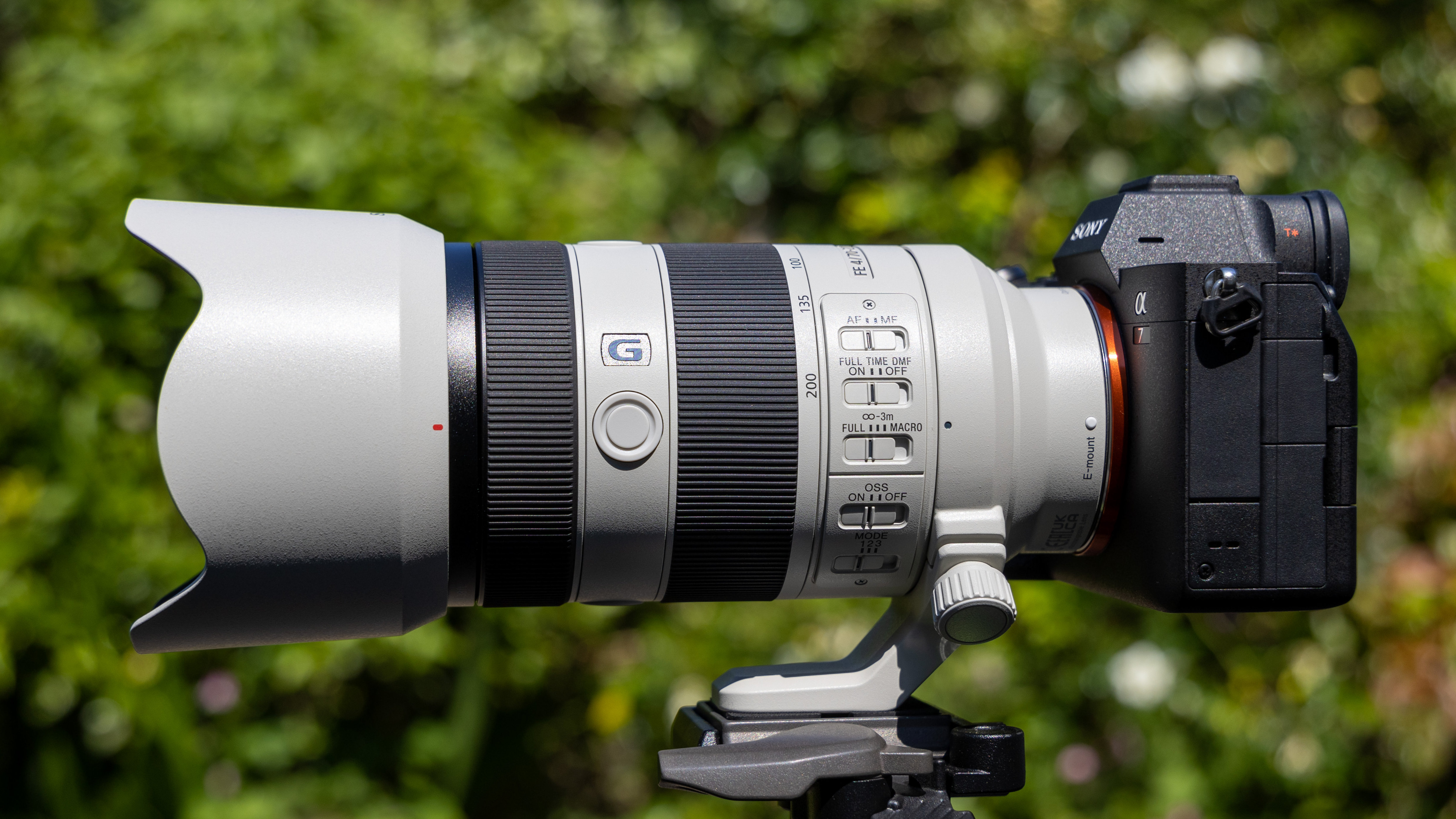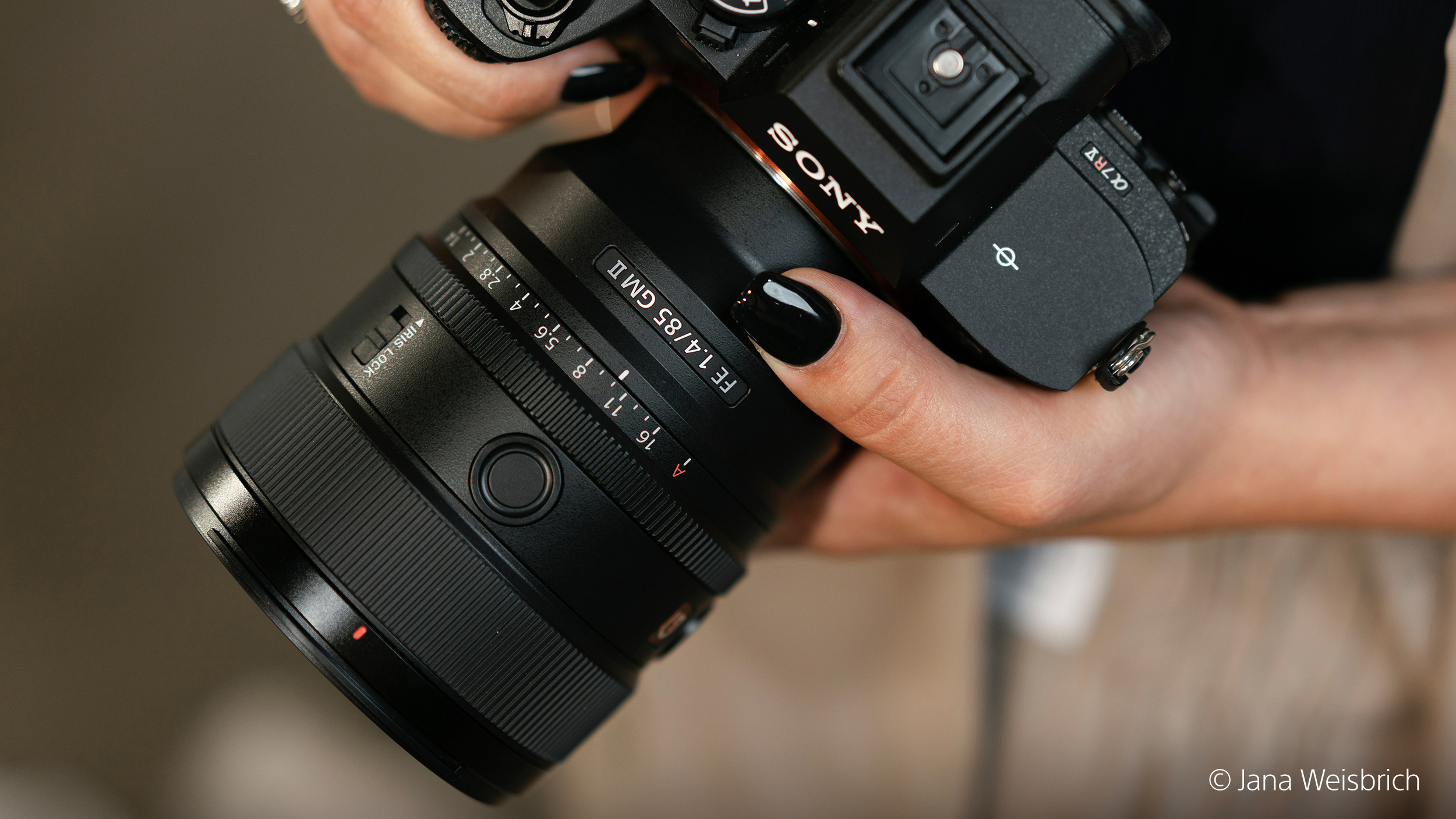Best lenses for the Sony A1 and A1 II: flagship cameras deserve top-class glass
They are the most powerful and versatile cameras Sony has ever made, so what are the best lenses for the Sony A1 and A1 II?
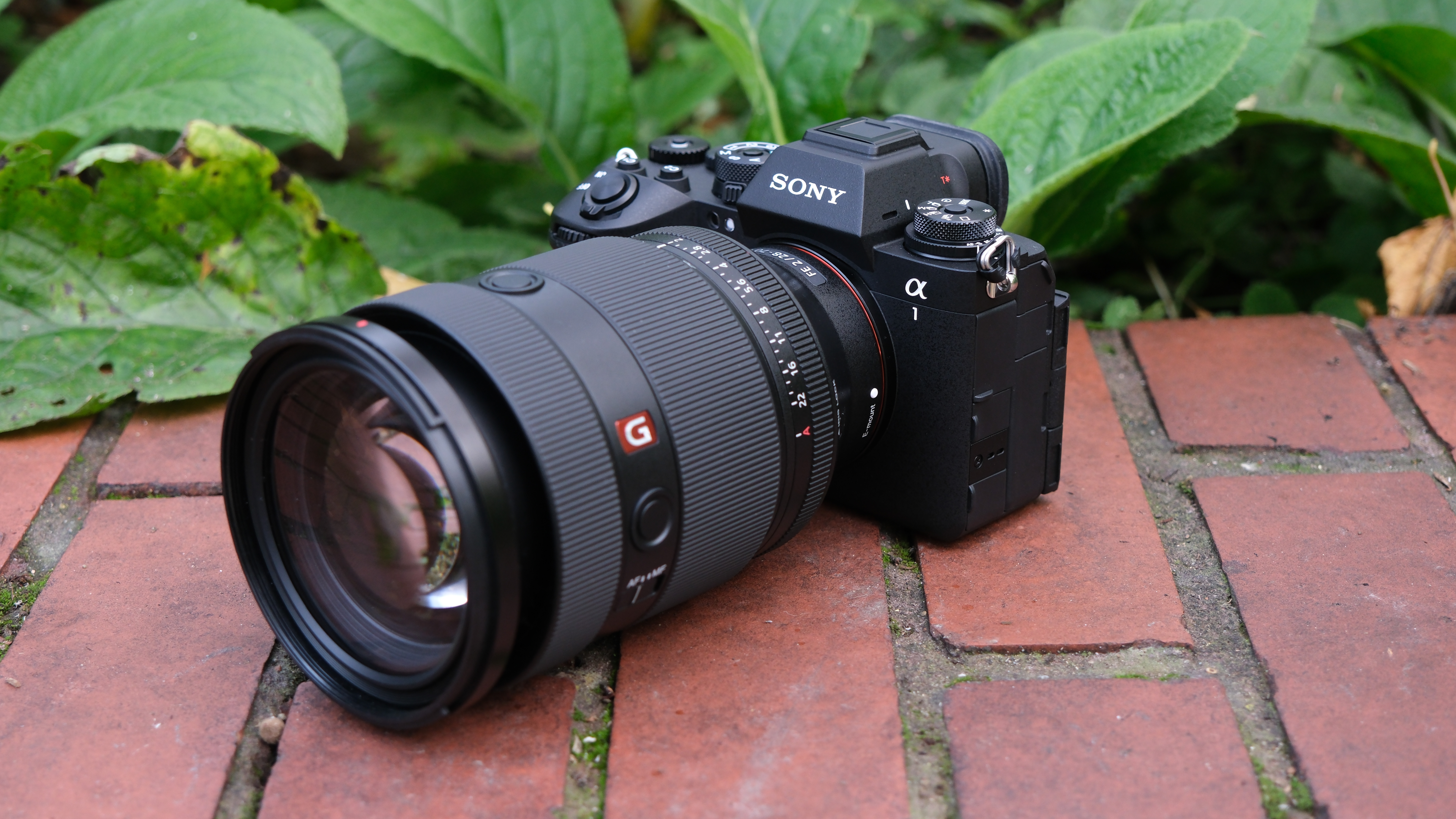
As Sony's flagship cameras, the best lenses for the Sony A1 and A1 II need to deliver the highest quality results for stills as well as video.
You could say that the improvements to the Sony A1 II have been incremental rather than revolutionary, but that’s a testament to the raw power of the original Sony A1, launched to an unsuspecting world back in 2021. As such, the best lenses for the Sony A1 and A1 II need to pack a heavyweight punch.
With a combination of 50MP resolution, 8K video capture and stunning continuous shooting speeds, narrowing down the choices is actually quite difficult, so I’ve gone for optical quality in a spread of constant-aperture zooms plus some specialist primes for astro and portrait work. Sports and wildlife photographers will need to look at Sony’s professional supertelephoto primes, but these are very expensive and rather outside the scope of my list.
I’ve also included a non-G Master lens (shock, horror!) to highlight the excellent quality now offered by Sony’s regular G lenses – as well as the practicality of smaller, lighter optics.
Best lenses for the Sony A1 and A1 II
Why you can trust Digital Camera World
Best standard zoom for the Sony A1 & A1 II
Specifications
Reasons to buy
Reasons to avoid
If you’re buying one of the best Sony cameras, it makes sense to buy the best standard zoom. The Sony FE 24-70mm f/2.8 GM II is certainly that. It improves on the original FE 24-70mm f/2.8 G Master in every possible way but in a lighter and more compact design. The optical quality is absolutely stunning, and you get a physical aperture ring and two customizable buttons too. The front element has a moisture-repellent fluorine coating and you can even adjust the torque/stiffness of the zoom ring. However, you might also want to consider the FE 20-70mm F4 G lens, which is one f-stop slower but goes a whole lot wider.
See our full Sony FE 24-70mm F2.8 GM II review


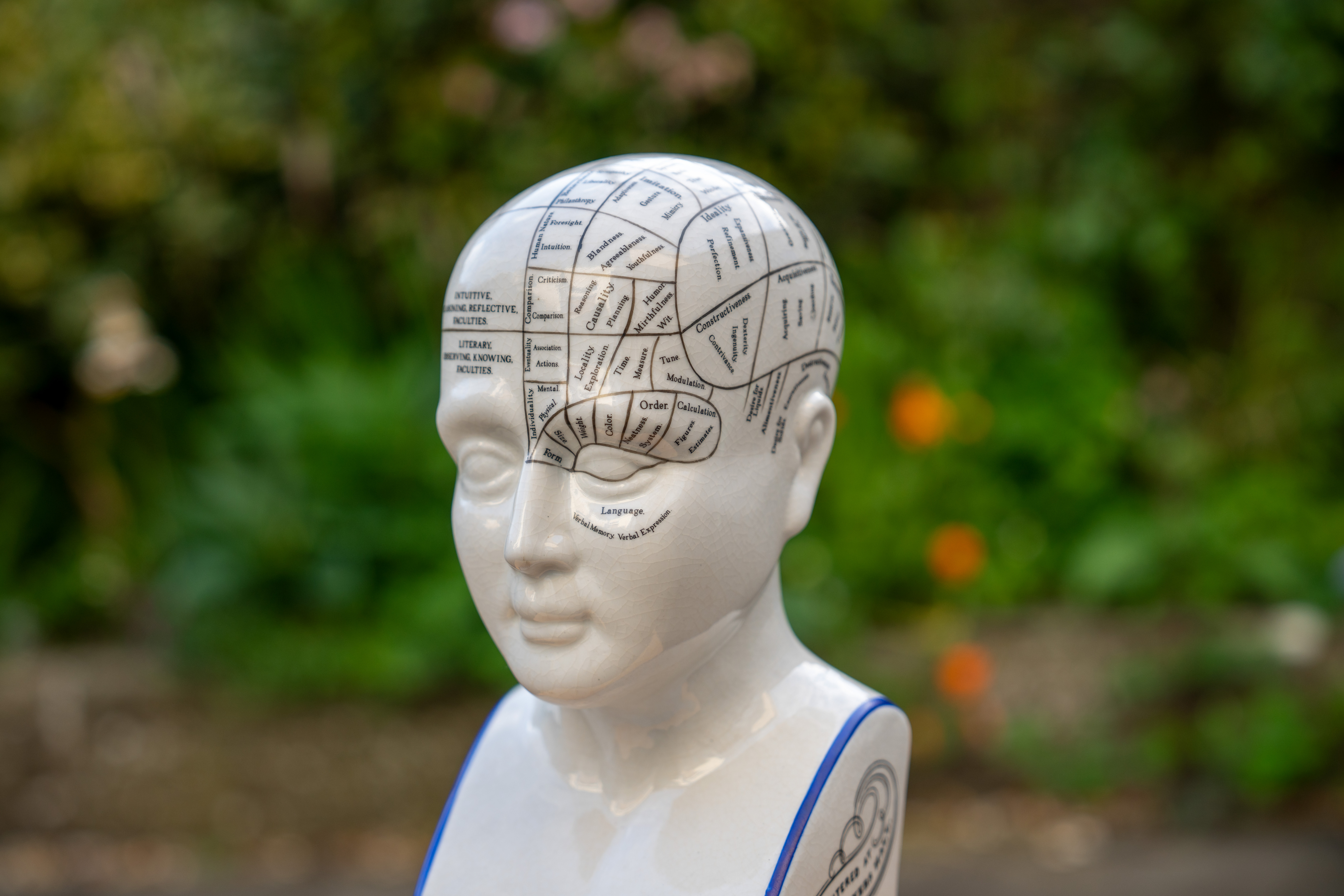
Features ★★★★★ | Building on the success of Sony’s flagship ‘trinity’ standard zoom, the Mark II boasts extra features and redesigned optics. |
Design ★★★★★ | Design extras include adjustable torque for the zoom ring, function buttons and a click/de-click aperture ring. |
Performance ★★★★★ | Performance is absolutely top-drawer in all respects, from super-fast autofocus to sublime image quality. |
Value ★★★★★ | It’s naturally pricey for a Sony G Master lens but the Mark II is nevertheless great value for money. |
Best ultra-wide zoom for the Sony A1 & A1 II
Specifications
Reasons to buy
Reasons to avoid
I’ve included two ultra-wide zooms in this list because they are more different than they seem. The Sony FE 12-24mm f/2.8 GM is especially exciting because it combines such a wide angle of view with a constant f/2.8 maximum aperture. The 4mm difference in minimum focal length may not sound much compared to the FE 16-35mm f/2.8 GM II, but at these ultra-short focal lengths the actual difference is huge. The FE 12-24mm f/2.8 is a very welcome alternative to the FE 12-24mm f/4 launched three years earlier, matching its focal range but with G Master optical quality and construction and wider maximum aperture. The only problem with this lens is its fixed lens hood – usual with ultra-wide zooms – which prevents the use of regular filters.
See our full Sony FE 12-24mm f/2.8 G Master review
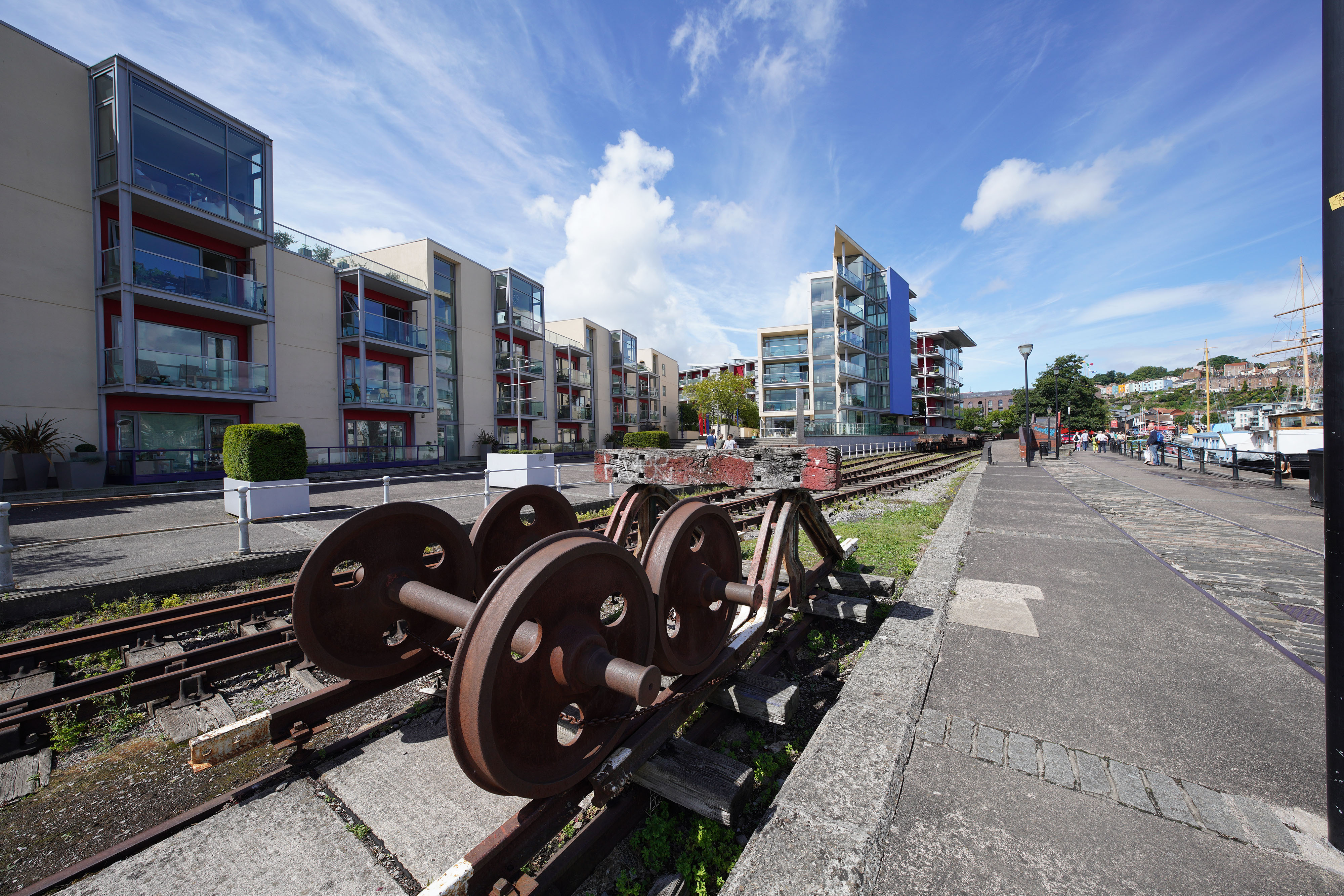

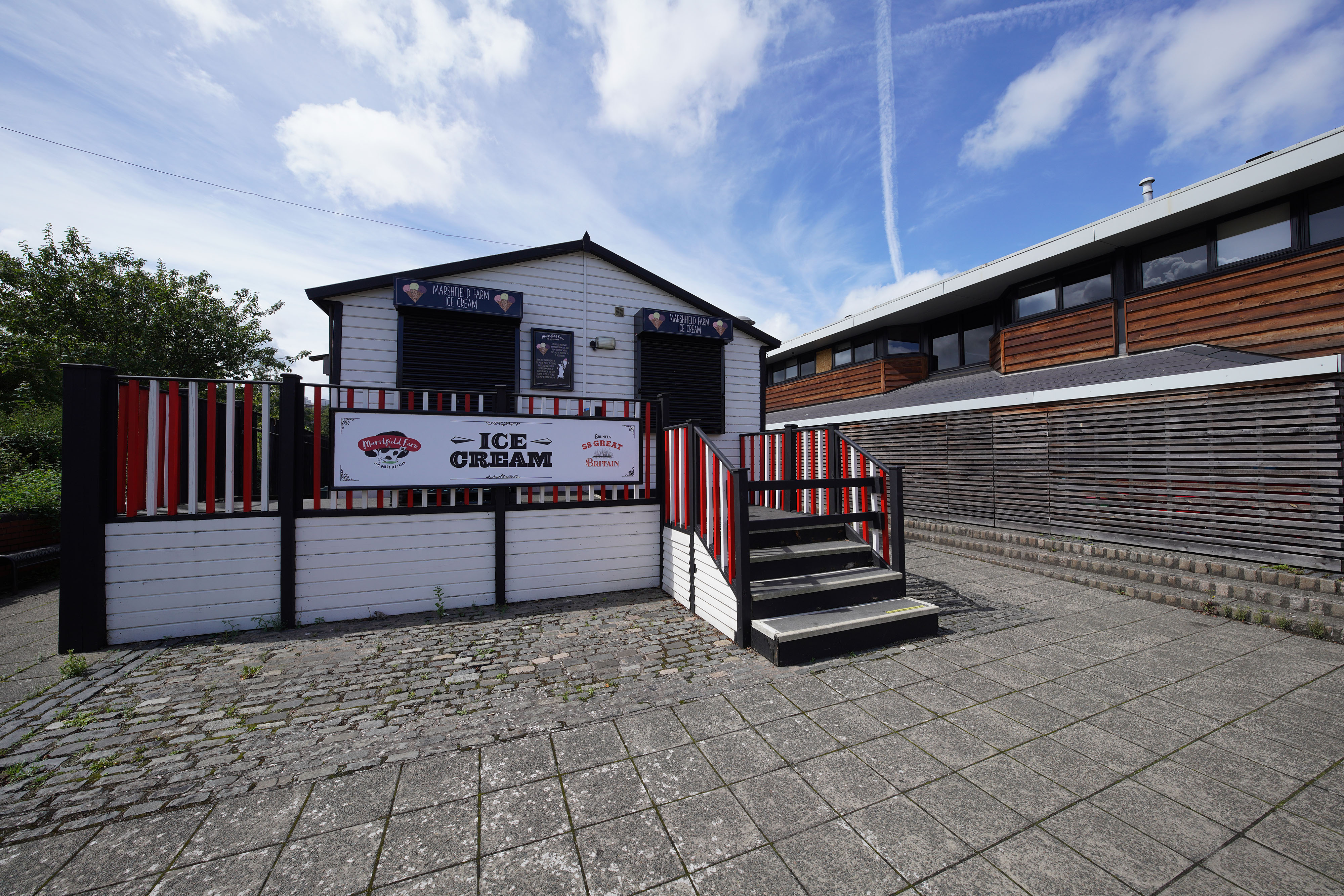
Features ★★★★★ | The lens features no less than three XA (eXtreme Aspherical) elements) and other specialist glass, plus a new Nano AR Coating II. |
Design ★★★★★ | Pro-grade build quality is the order of the day but the lens isn’t overly heavy. The hood is typically integral but there’s a gel filter holder at the rear. |
Performance ★★★★★ | Autofocus is super-fast, image quality is impeccable with superb sharpness and resistance to ghosting and flare. |
Value ★★★★☆ | It’s much pricier than the competing 14-24mm f/2.8 Sigma lens but goes even wider for viewing perspective. |
Best wide-angle zoom for the Sony A1 & A1 II
Specifications
Reasons to buy
Reasons to avoid
The Sony FE 12-24mm f/2.8 is an exceptional lens, but the Sony FE 16-35mm f/2.8 GM II has more everyday usefulness. It’s a standard focal range for full frame extra-wide zooms and overlaps usefully with a standard zoom like the FE 24-70mm f/2.8 GM II. The maximum focal length of 35mm offers a semi-wide angle of view that’s useful in regular walkaround photography, so you might keep this lens on your camera for a lot of the time. Sony has been steadily working through its ‘trinity’ lenses with useful optical and physical upgrades, and the FE 16-35mm f/2.8 GM II is much lighter than the first version, and has a better balanced center of gravity. It can also take regular filters on the front (unlike the 12-24mm).
Read our full Sony FE 16-35mm f/2.8 GM II lens review



Features ★★★★★ | Smart features include an extensive zoom range, ultra-wide maximum viewing angle, constant f/2.8 aperture, aperture control ring and function button. |
Design ★★★★★ | The Mark II edition of this lens is very noticeably smaller and more lightweight than the original. |
Performance ★★★★★ | Autofocus is super-fast and image quality is exceptional, beating the original version of the lens for edge/corner-sharpness. |
Value ★★★★☆ | It’s typically pricey for a G Master lens but well worth the outlay. |
Best for astrophotography with the Sony A1 & A1 II
Specifications
Reasons to buy
Reasons to avoid
The Sony FE 14mm f/1.8 GM has all the qualities of the best astrophotography lenses, combining an ultra-wide angle of view to take in as much of the sky as possible with a fast maximum aperture that keeps exposures short without having to bump up the ISO too high. But this lens does so much more than that. It’s also excellent for cityscapes at night, architectural photography and interiors – where, again, its fast maximum aperture will be a huge advantage in dim lighting. The FE 14mm f/1.8 GM is not cheap, but it’s not ruinously expensive either. It’s worth pointing out that many of Sony’s G Master primes are the same, delivering stellar build and image quality at a price where you can feel that you are getting what you pay for.
Read our full Sony FE 14mm F1.8 GM review
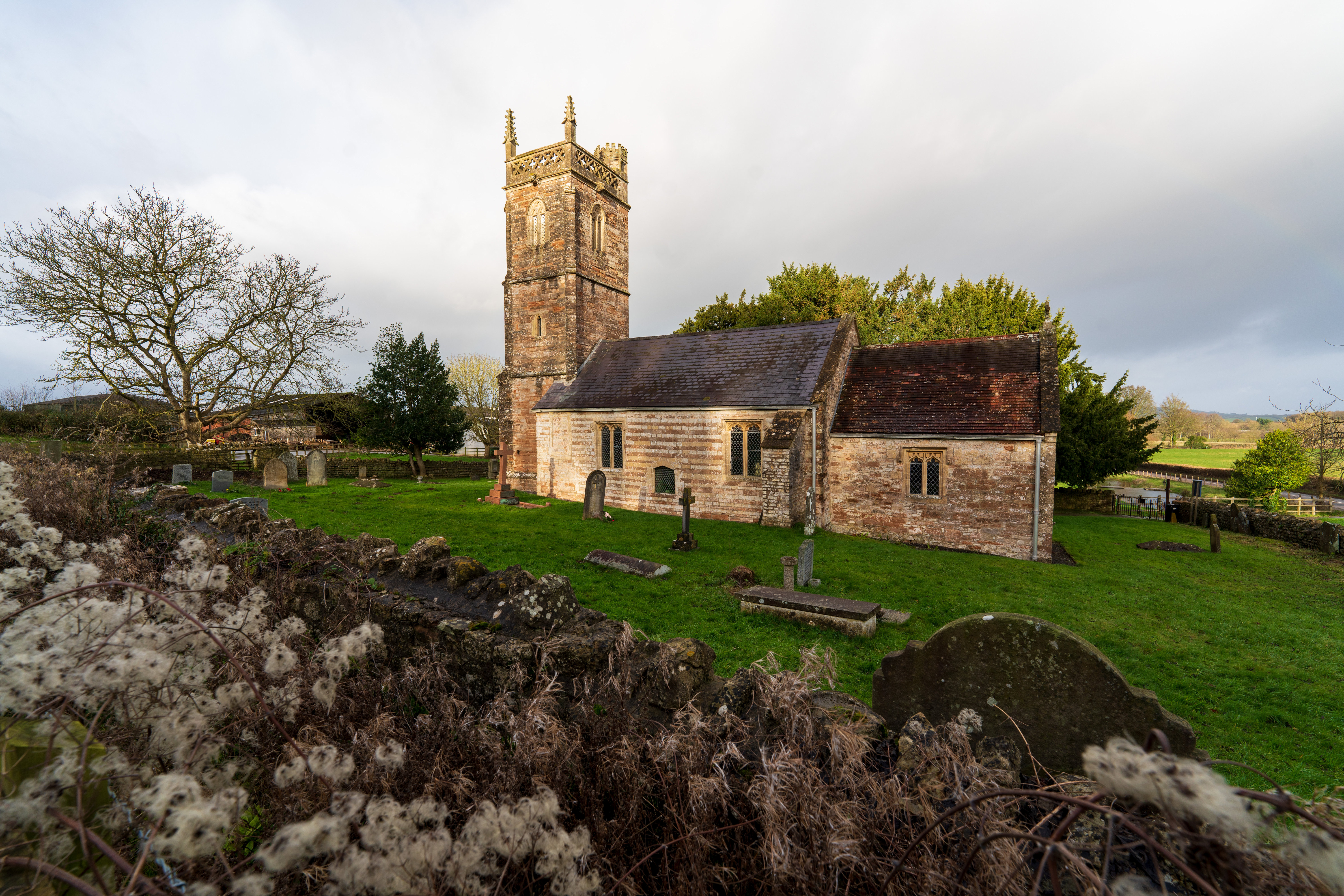
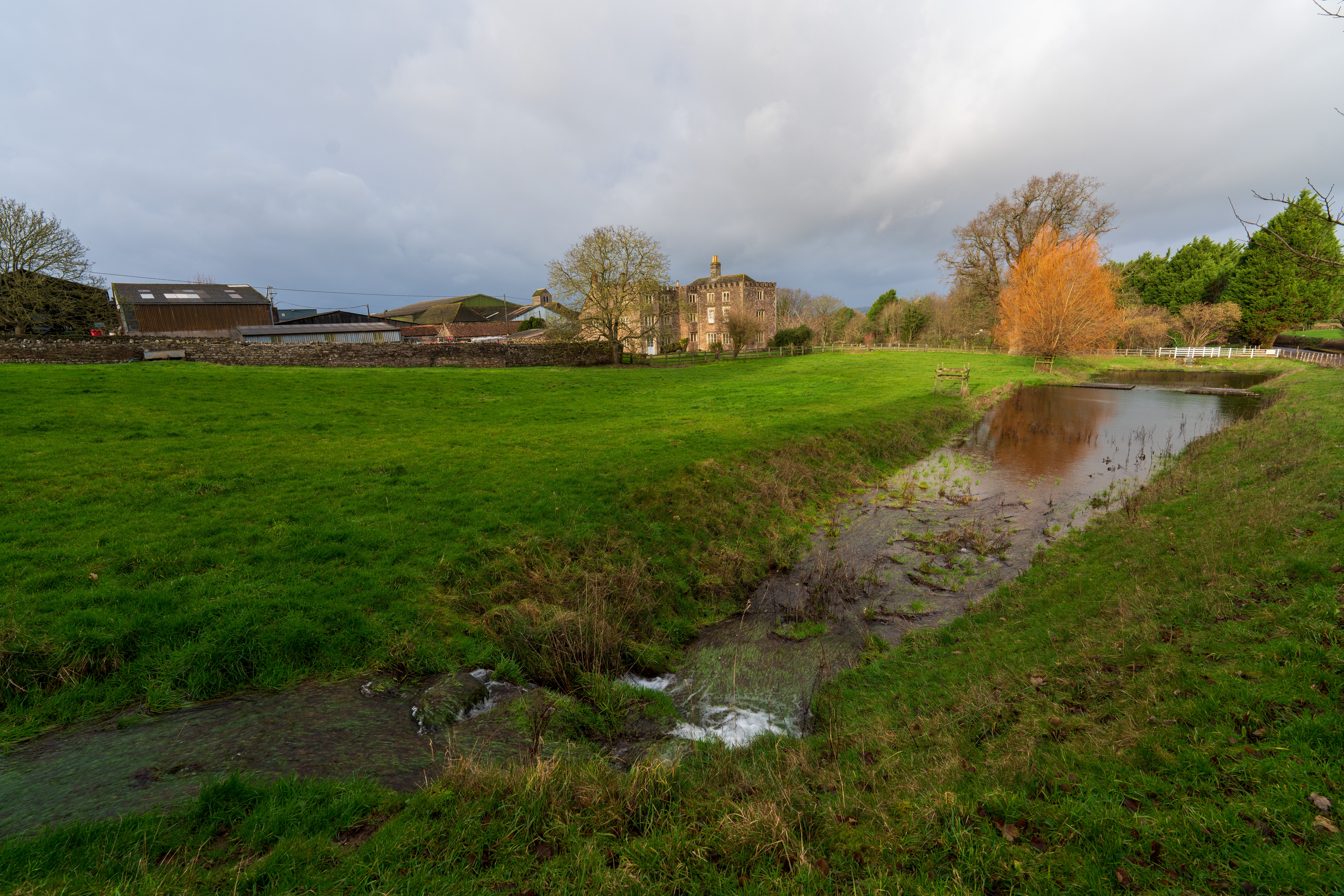

Features ★★★★★ | The ultra-wide viewing angle coupled with a fast f/1.8 aperture make this lens superb for everything from landscapes to astrophotography. |
Design ★★★★★ | Top-notch design credentials include an aperture control ring and function button. |
Performance ★★★★★ | Despite being surprisingly compact and lightweight, the lens is a top performer with epic sharpness and clarity. |
Value ★★★★☆ | It’s pretty pricey for an ‘f/1.8’ prime but very good value considering the ultra-wide-angle focal length. |
Best for environmental portraits with the Sony A1 & A1 II
Specifications
Reasons to buy
Reasons to avoid
The 35mm focal length has become the go-to for street photography, but the Sony FE 35mm f/1.4 GM is perhaps a little too big and bulky for that. Besides, it does so much more. This is the perfect lens for environmental portraits of people at work, for example, because it’s wide enough to capture both them and their surroundings but also offers shallow enough depth of field that you can easily control the zone of sharpness and background blur. It’s no macro lens, but the 0.25m minimum focus distance means you can focus on smaller objects and hands for close up studies. It’s a G Master lens, so it goes without saying that the optical quality is excellent – and you can shoot wide open at f/1.4 without any hesitation.
Read our full Sony FE 35mm F1.4 GM review



Features ★★★★★ | The 35mm focal length and f/1.4 aperture are a winning combination, along with a click-de-click aperture ring and function button. |
Design ★★★★★ | It’s no lightweight but the lens is nevertheless reasonably compact and feels ideally matched to Sony’s mirrorless full-frame bodies. |
Performance ★★★★★ | Superb sharpness is supplemented by beautifully smooth bokeh, delivering simply superb all-round image quality. |
Value ★★★★☆ | As with other G Master lenses, this Sony is pretty pricey to buy but well worth the outlay. |
Best practical 70-200mm for the Sony A1 & A1 II
Specifications
Reasons to buy
Reasons to avoid
You might expect this guide to include the Sony FE 70-200mm f/2.8 G Master and if you’re keen to complete your Sony G Master ‘trinity’ of constant aperture f/2.8 zooms, then that is certainly the lens I would recommend. But stick with us, because the Sony FE 70-200mm f/4 Macro G OSS II is a rather remarkable lens in its own right. It’s not a G Master lens, but its optical performance is quite superb. Not only that, it has all the G Master flourishes, including no fewer than five external switches for AF/MF, Direct Manual Focus, a Focus Limiter, OSS, and OSS mode. You might not choose this f/4 version if a 70-200mm f/2.8 is a core lens for your photography, but for occasional use, or if you need to travel light, you should not overlook this excellent telephoto zoom.
Read our full Sony FE 70-200mm F4 Macro G OSS II review




Features ★★★★★ | Top-end features include optical image stabilization, optical steady-shot and a tripod mounting ring. |
Design ★★★★★ | The Mark II improves on the design of the original lens and is nicely compact if you don’t need to stretch to an f/2.8 ‘trinity’ 70-200mm zoom. |
Performance ★★★★★ | Optical quality is superb with spectacular sharpness and even 0.5x macro magnification, while autofocus is super-fast. |
Value ★★★★☆ | It’s good value on the whole, but quite expensive for a 70-200mm f/4 rather than f/2.8 zoom. |
Best for portraits the Sony A1 & A1 II
Specifications
Reasons to buy
Reasons to avoid
For any Sony user shooting portraits, the Sony FE 85mm f/1.4 GM II is the obvious choice. Maybe not so much if you already have the original FE 85mm f/1.4, but the new lens does have faster autofocus, superior optics and is lighter too. The 85mm f/1.4 has become the go-to gold standard for portraits, offering flattering facial features and excellent background separation. Some other brands have even faster f/1.2 lenses, but for now Sony is sticking to f/1.4. What you get is a relatively affordable professional portrait lens of unsurpassed optical quality, bokeh rendering and handling. There is also a cheaper FE 85mm f/1.8, but you might want to stick to the G Master for a camera of the quality and resolution of the Sony A1 II.
See our full Sony FE 85mm F1.4 GM II review
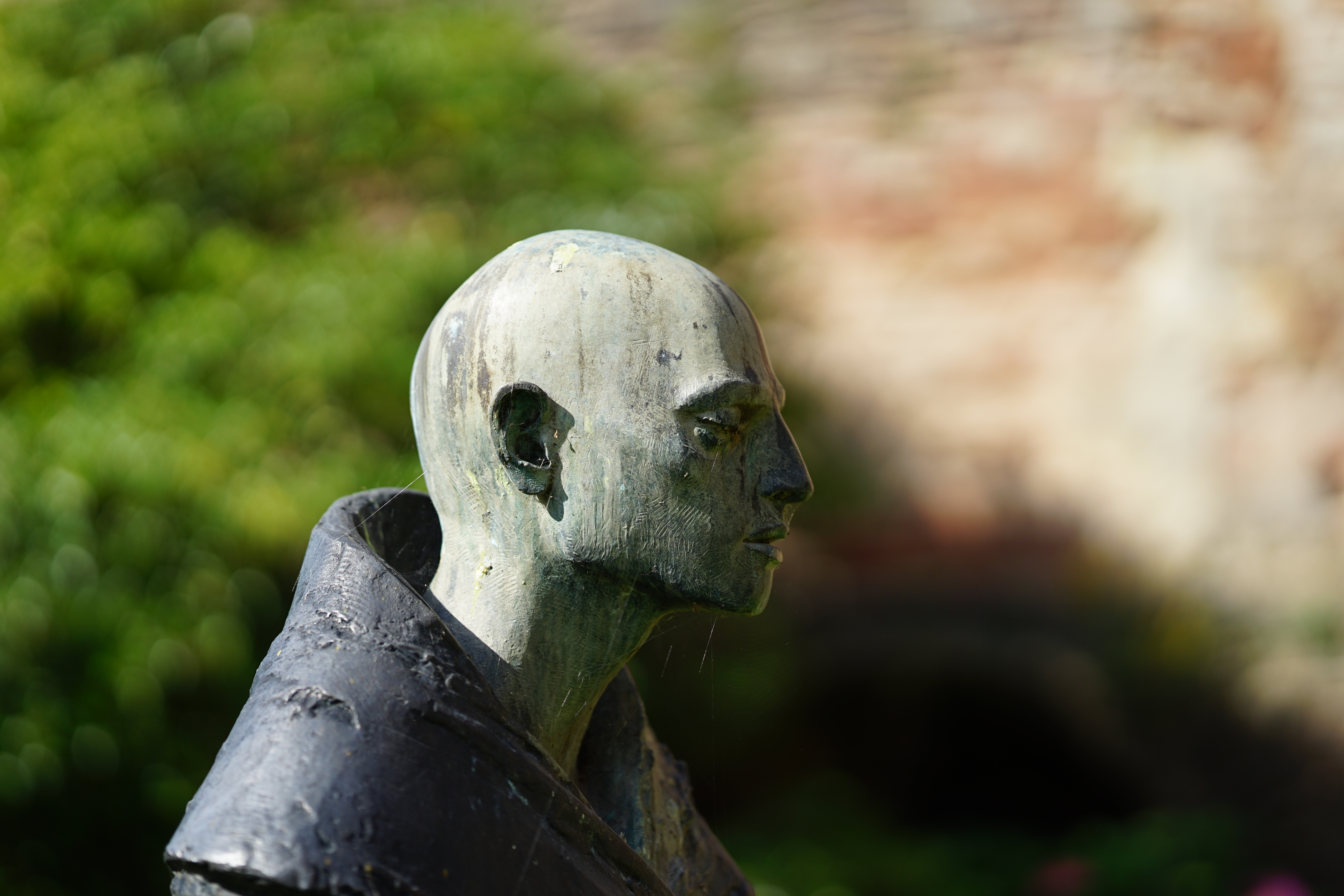
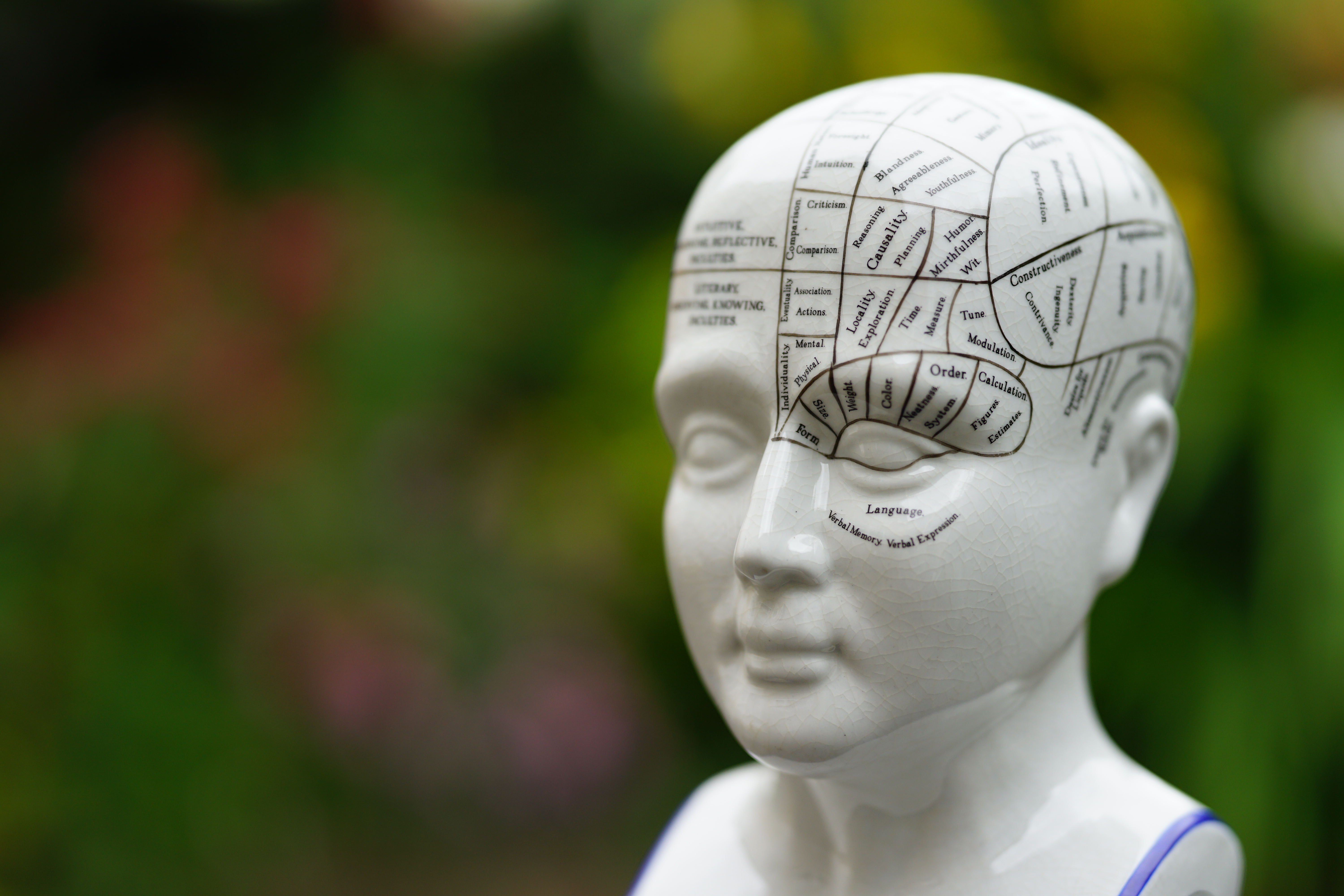


Features ★★★★★ | From its optical path to its fast autofocus and handling exotica, the lens is packed with features. |
Design ★★★★★ | High-end design includes an aperture control ring with click/de-click options and dual function buttons. |
Performance ★★★★★ | Performance is simply fabulous, from all aspects of image quality to quick, reliable autofocus. |
Value ★★★★☆ | It’s a very expensive lens, costing about twice as much as the directly competing Sigma. |
Best long zoom for the Sony A1 & A1 II
Specifications
Reasons to buy
Reasons to avoid
Professional-quality telephoto lenses are expensive, no surprises there, and if you shoot sports or wildlife for a living you’ll need to look at Sony’s premium telephoto primes, starting with the FE 300mm f/2.8. But if you’re an occasional long-range shooter or need the instant adaptability of a zoom, then the Sony FE 100-400mm f/4.5-5.6 GM OSS offers G Master quality at a reasonable price point. The f/4.5-5.6 maximum aperture is actually not bad when you hit a focal length of 400mm, and the 100mm minimum zoom gives you terrific flexibility for following the action on pitch-based sports like soccer, where subject distances can vary hugely. Lesser telephoto zooms lose sharpness and contrast at longer focal lengths, but not this one – it’s as crisp at 400mm as it is at 100mm.
See our full Sony FE 100-400mm f/4.5-5.6 G Master OSS review
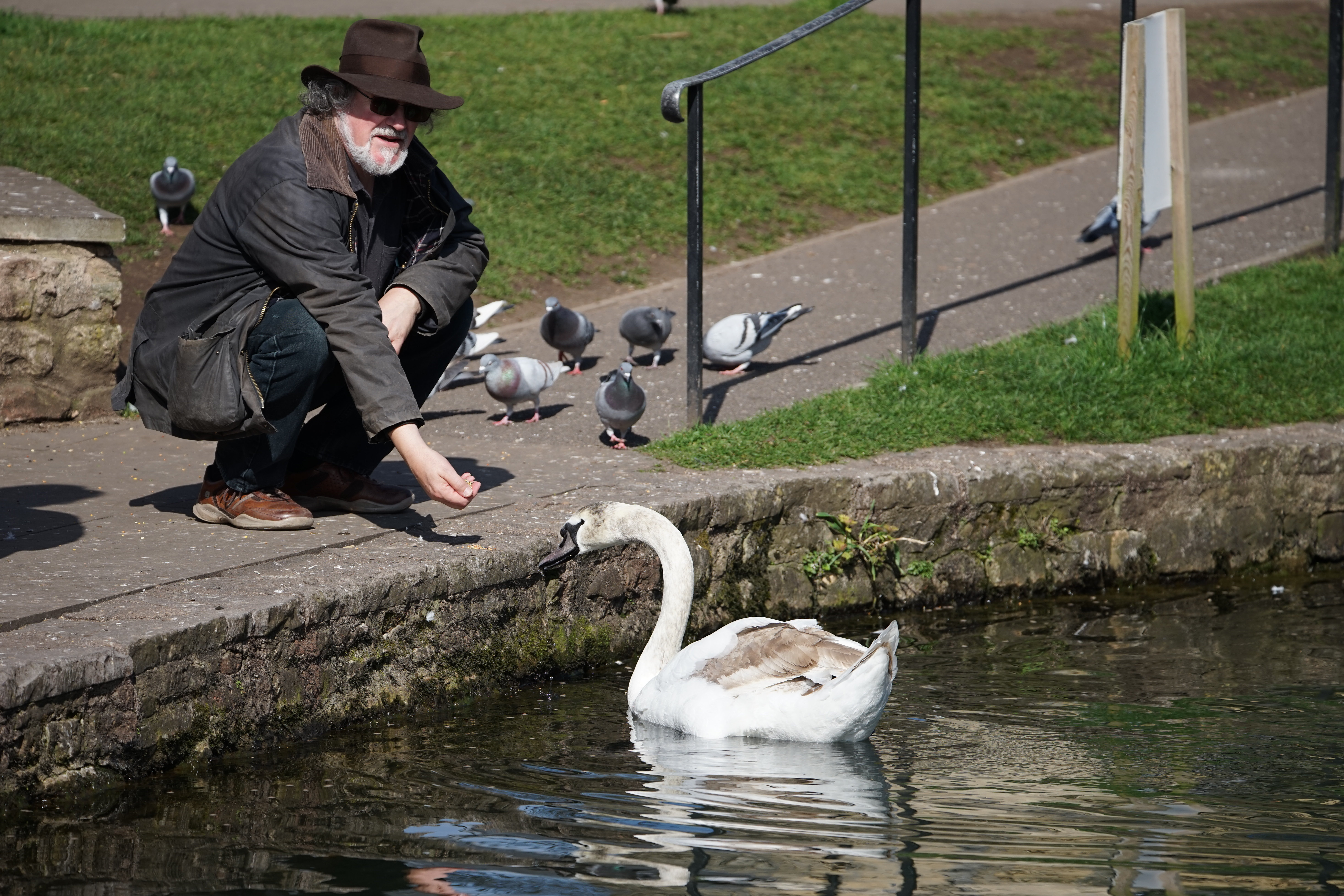
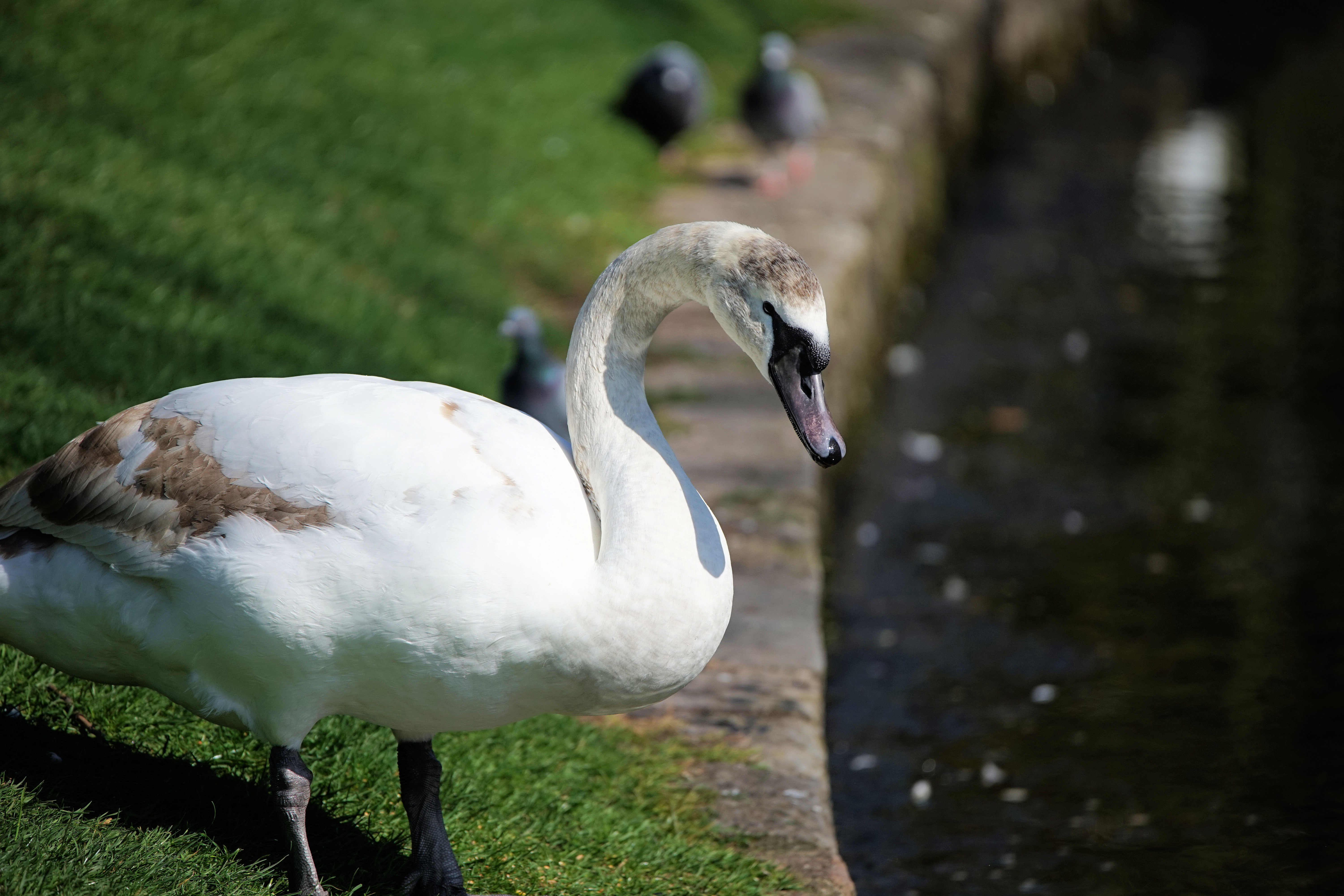

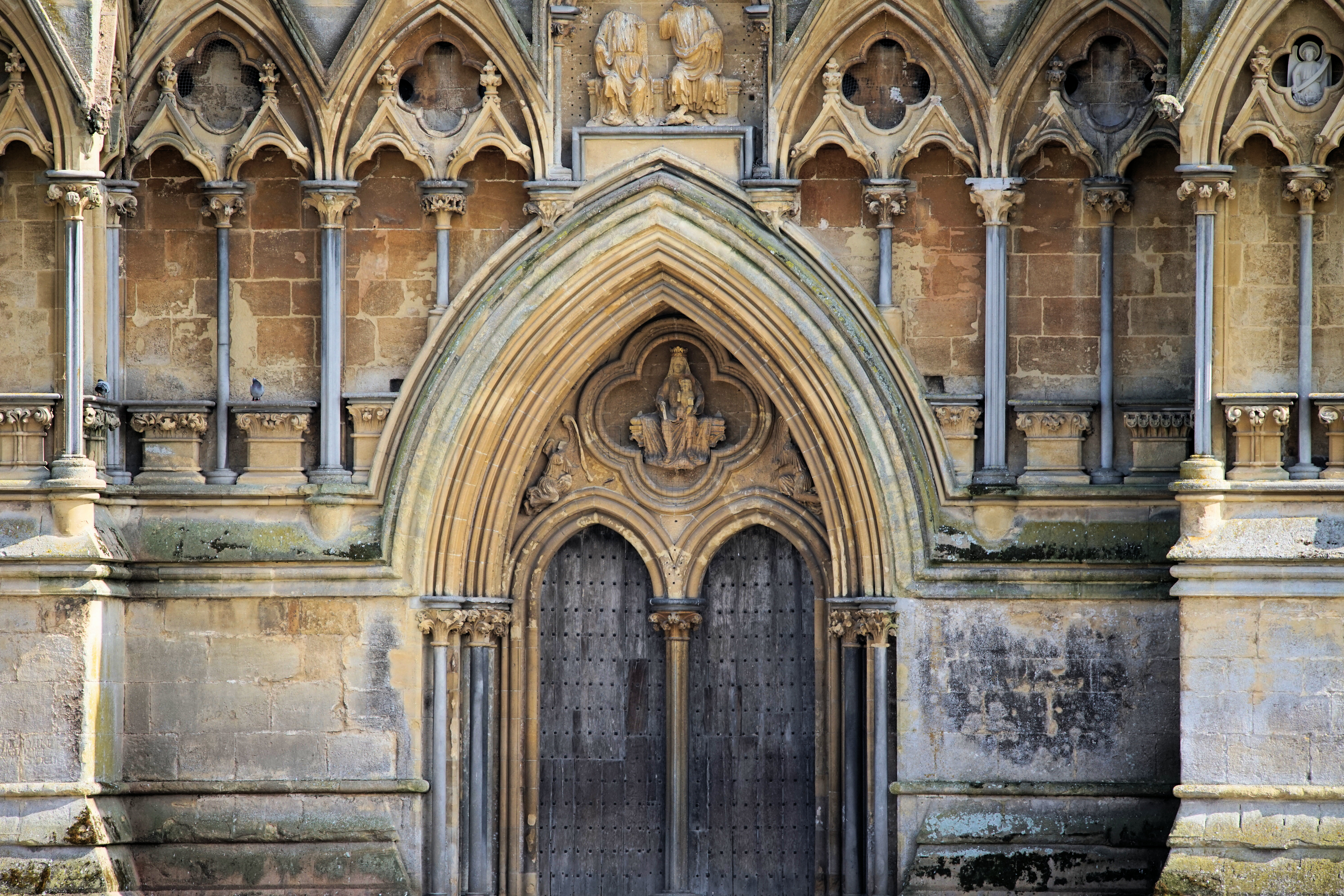

Features ★★★★★ | There’s a high-end feature set that includes dual-mode optical stabilization, an autofocus range limiter and function buttons. |
Design ★★★★★ | The design is pro-grade through and through, complete with a comprehensive set of weather-seals.
|
Performance ★★★★★ | Autofocus speed, sharpness and other areas of image quality and handling are all top-ranking. |
Value ★★★★☆ | You won’t find a cheap Sony G Master lens but this one is pretty reasonable value for money. |
Lab data and comparisons
The graphs below show the comparative performance of the lenses in this guide, based on our in-house lab tests. It’s no surprise that all of the lenses in this group are super-sharp. The FE 85mm is the outright winner in this respect, but the FE 12-24mm is also highly impressive for such an ultra-wide-angle zoom. The distortion figures flatter some of the zoom lenses, as the scores are averaged out across the entire zoom range.
Scores for sharpness and color fringing are averaged from data taken across the entire image frame, from the center to the edges and corners, throughout the aperture range. For zoom lenses, the scores are also averaged from data measured at all marked focal lengths, and the same applies to distortion. Bear in mind that these average values don't fully reflect specific areas of performance. For example, a zoom lens might have noticeable barrel and pincushion distortion at its shortest and longest focal lengths respectively, which tends to average out when looking at the data overall. For more detailed graphs of each lens's performance, which give the full picture, check out the graphs in our full standalone lens reviews.
How we test lenses
The lens experts in our testing lab run a range of tests under controlled conditions, using the Imatest Master testing suite. Photos of test charts are taken across the range of apertures and zooms (where available), then analyzed for sharpness, distortion and chromatic aberrations.
We use Imatest SFR (spatial frequency response) charts and analysis software to plot lens resolution at the centre of the image frame, corners and mid-point distances, across the range of aperture settings and, with zoom lenses, at four different focal lengths.
There's more to it than just the technical side, though! Beyond the lab, our reviewers test lenses in real-world environments – and sometimes on professional shoots! We work with lenses both indoors and outdoors, in studio conditions and in natural light, with as many different subjects as is possible (or appropriate – there's no point testing a landscape lens' ability to shoot a portrait!).
We take into account everything from handling and ease of use to speed of autofocus and the overall quality of the images produced.
Find out more about how we test and review on Digital Camera World
The best camera deals, reviews, product advice, and unmissable photography news, direct to your inbox!

Rod is an independent photography journalist and editor, and a long-standing Digital Camera World contributor, having previously worked as DCW's Group Reviews editor. Before that he has been technique editor on N-Photo, Head of Testing for the photography division and Camera Channel editor on TechRadar, as well as contributing to many other publications. He has been writing about photography technique, photo editing and digital cameras since they first appeared, and before that began his career writing about film photography. He has used and reviewed practically every interchangeable lens camera launched in the past 20 years, from entry-level DSLRs to medium format cameras, together with lenses, tripods, gimbals, light meters, camera bags and more. Rod has his own camera gear blog at fotovolo.com but also writes about photo-editing applications and techniques at lifeafterphotoshop.com
